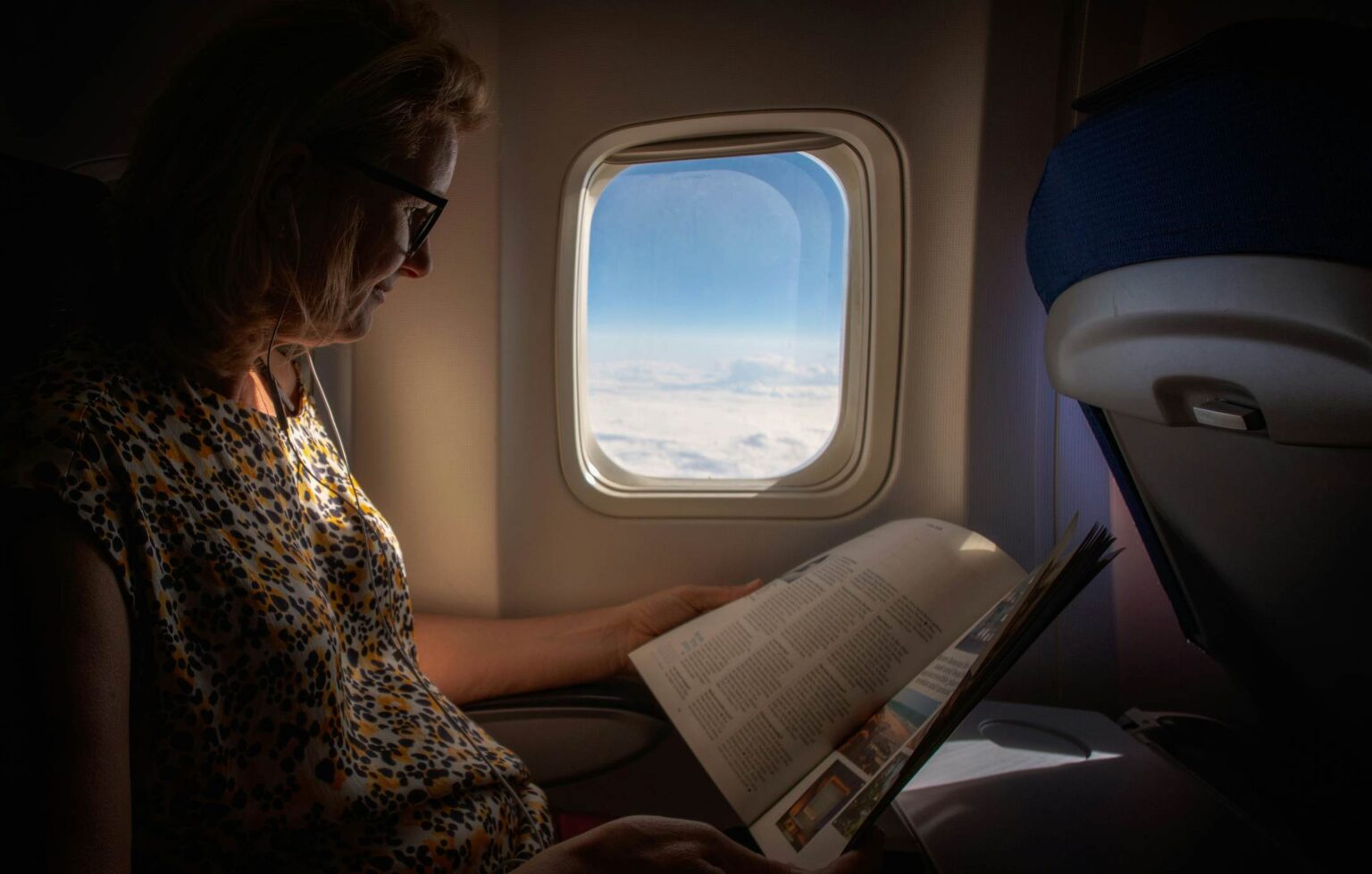The Evolving Landscape of In-Flight Publications Amidst a Global Crisis
Despite widespread predictions of their decline, in-flight magazines continue to hold a unique position within the airline industry. Kirsten Galliott, editor-in-chief of Qantas Airways’ in-flight publication, proudly states, “We are still publishing. In fact, we believe we might be the only airline magazine worldwide to maintain publication throughout the COVID-19 pandemic.” While the magazine remains in print, its distribution method has shifted dramatically, hinting at a potential new direction for such publications in a post-pandemic world. “Currently, we’re not distributing magazines on planes,” Galliott explains. “Instead, we’re sending 40,000 copies directly to the homes of our most loyal frequent flyers.”

Impact of the Pandemic on In-Flight Media and Industry Outlook
The aviation sector has faced unprecedented challenges, with international travel restrictions and border closures drastically reducing flight operations. As a result, the future of in-flight magazines has come under scrutiny. Historically, these publications have defied industry trends, thriving in a niche market that appeals to advertisers targeting affluent consumers. Their captive audience-passengers with hours to spare-has made them a lucrative platform for luxury brands, from high-end fragrances to premium automobiles. Studies reveal that nearly 90% of leisure travelers are inclined to browse in-flight magazines, primarily to pass the time, thanks to their upbeat and engaging content. This resilience underscores their importance as a marketing tool, even amid a struggling publishing landscape.

Shifts in Distribution and the Role of Hygiene
However, recent developments have prompted airlines to reconsider the presence of printed materials onboard. Major carriers like Delta Airlines have removed in-flight magazines from their seat-back pockets to streamline cleaning procedures. Delta’s spokesperson confirmed that “non-essential items, including Sky magazine, are temporarily removed to enhance onboard sanitation.” Similarly, Aer Lingus has discontinued its Cara magazine for the same reasons. The move reflects heightened concerns about surface contamination, especially as airlines intensify their cleaning protocols to reassure passengers in a post-COVID environment.
Health Concerns and Surface Contamination
Seat pockets, long known to harbor germs, have become a focal point of hygiene concerns. The accelerated cleaning routines aim to minimize contact with surfaces that could potentially transmit viruses. While research indicates a very low risk of COVID-19 transmission via paper, the perception of shared magazines-well-thumbed and touched by numerous travelers-may deter passengers from engaging with print media in the near future.

The Future of In-Flight Magazines: Digital Transformation and Industry Perspectives
Michael Keating, CEO of Ink Global, remains optimistic about the long-term prospects of in-flight magazines. His company produces publications for over 20 airlines, including major carriers like American Airlines, United, and Qatar Airways. Keating notes, “The hiatus in magazine production is primarily due to grounded fleets. We’re actively planning new editions, and American Way, for example, has continued publication throughout the pandemic.”
In parallel, the industry has increasingly embraced digital formats. Airlines have long offered digital versions of their magazines, but the pandemic has accelerated this shift. Digital editions can be accessed on personal devices, reducing contact and addressing hygiene concerns. Qantas, for instance, has enhanced its digital offerings, providing passengers with engaging content accessible via smartphones and tablets.
Digital Content and Integrated Communication Strategies
While print remains valuable, airlines recognize the importance of a multi-channel communication approach. Keating emphasizes, “No airline has completely abandoned print. The real opportunity lies in integrating print, email, in-app messaging, and onboard content to create a seamless customer experience. Effective communication is more critical now than ever.” This integrated strategy allows airlines to maintain brand engagement while adapting to new health and safety standards.

Environmental and Economic Considerations
Beyond health concerns, environmental sustainability is increasingly influencing airline decisions. The weight of printed magazines contributes to fuel consumption, which impacts operating costs and carbon emissions. Boeing’s research indicates that a fleet operating 1,000 flights daily could save approximately $4.5 million annually in fuel costs by eliminating the weight of print materials. As airlines seek to reduce their carbon footprint and operational expenses, the shift away from printed magazines may accelerate.
Additional Resources for Travel Enthusiasts
- Craving travel experiences? Discover airplane snacks you can enjoy at home.
- Spain encourages tourists to “Plan Your Vacation” as borders reopen in July.
- Luxury Irish Airbnb featuring Matt Damon is available for rent again soon.

